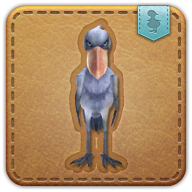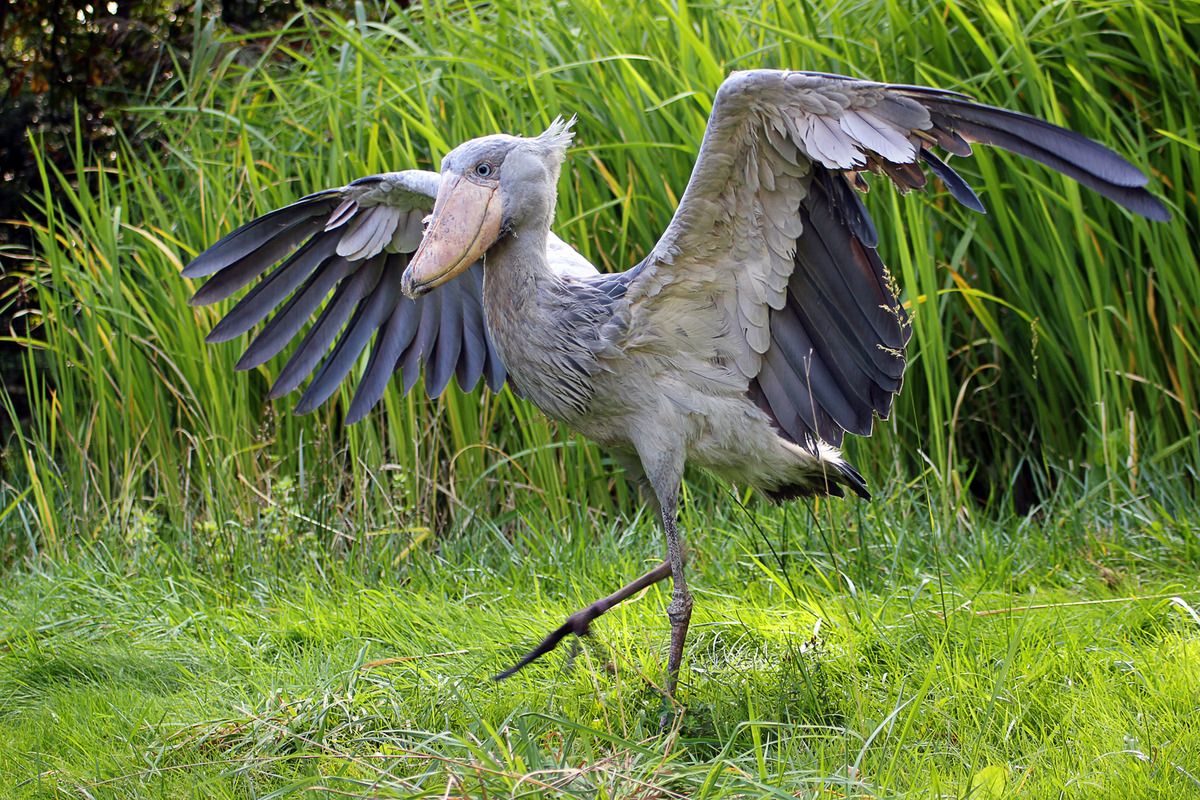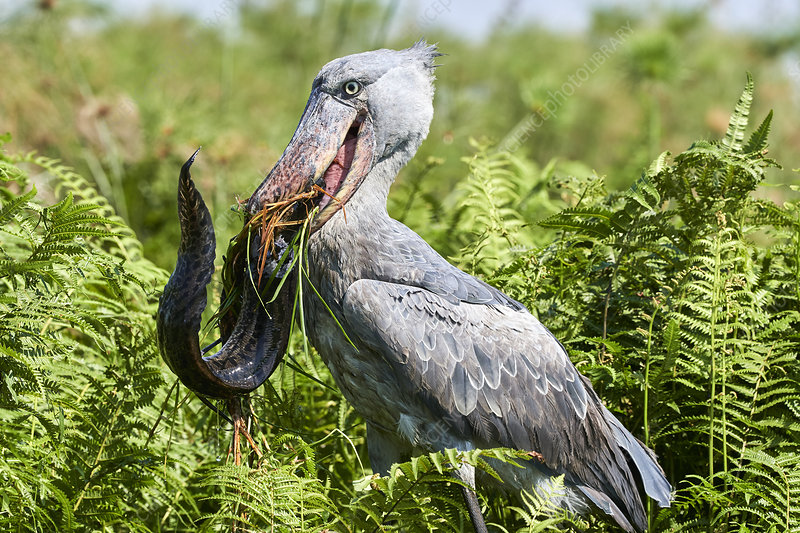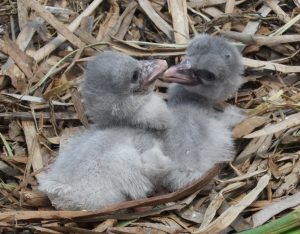
what's with the shoebill?

THERE'S A WEIRD BIRD OUTSIDE...IT LOOKS LIKE EMET-SELCH THE FUCKING THING
A lot of fans have already better covered this ground than I could, given the unexpected breadth of this subject. To sum things up quickly, at many junctures in Shadowbringers Main Story Quest, you can encounter a shoebill as a sort of Easter egg. Taking all these appearances together, the implication is that the shoebill belongs to none other than Emet-Selch, who has been using it to spy on your party. Quite Disney villain! Upon his death, the poor, lonely little shoebill remains in your room at the Crystarium in perpetuity.
I've always been somewhat fond of shoebills. They're the favorite bird of my best friend since high school, so it's impossible not to feel some affection toward them. They seem angry and intimidating from the right angle, but they're actually quite cute and muppety once you start to observe them more closely. And despite their supposed scary appearance, they're fairly docile, especially in captivity. Like master, like familiar! :)
This page is dedicated to some facts about the real life shoebill stork. Thank Emet-Selch for, I assume, inventing them back in the days of paradise! It was a great decision.

shoebill basics

Andposeandposeandposeandpose...I think we got it!
The shoebill stork is actually a pretty big bird, believe it or not! In FFXIV it's kept quite small due to the technical constraints with minions (tiny vanity pets that follow the player character and do little save for looking SO cute), but in reality they can get quite large, close to five feet tall! As expected of such a prodigiously sized bird, their wingspan is nothing to sneeze at, either. Bigger isn't always better, but I think pretty much everyone can appreciate there being more shoebill to love!
For a wild bird, the shoebill has a pretty impressive lifespan. In its natural habitat, a shoebill can live for up to 36 years. That's old enough to run for President of the United States! (I'd vote for a shoebill in a heartbeat.)
Shoebills are usually silent, but they do clatter their beaks at the nest. Some reports claim the adults make even odder noises, such as a "moo" like a cow's, and the juvenile has even been said to make a noise that sounds an awful lot like hiccups. Of course, funny birds make funny noises, so everything checks out here. Here's a video of the clattering behavior, along with some cute head-shaking.
They look much bigger in motion, don't you think?
habitat and diet
Shoebills make their habitat in the swampy, tropical areas of central Africa. They like to eat fish. Their hunting practices are pretty neat, and it's one of their signatures - they stand perfectly still in the water and wait for fish to swim right under their beaks, at which point they strike and snatch them right from the water! Patience is certainly a virtue to these birds. Because of this strategy, they tend to move slowly and stand still for long periods of time even when not hunting, giving them a reputation for being eerily statuesque.
nesting and mating
Shoebills are monogamous, but only pair up when they want to have chicks - they don't mate for life. They're solitary animals in general, so they don't like to nest around other shoebills, either. Typically their nests are made of aquatic vegetation and partially float on the water. Baby shoebills never get seasick :)
Despite being loners by nature, shoebill parents do work together to keep their eggs safe and their nest in good shape. Shoebills will even scoop up water in their mouths and then regurgitate it onto the eggs to keep them cool! They're also pretty attentive to their nestlings once they've hatched.
Shoebills usually hatch somewhere between one and three chicks. However, usually only one chick survives long enough to be raised. It takes a full three years for a shoebill chick to reach sexual maturity, but they strike out on their own sometime before this. It's a tough world!
Despite being protective of their nests and young, because shoebills have few predators, they tend to underreact to humans approaching their nests. Some researchers have managed to get within six feet of a nesting adult shoebill, with the shoebill only staring at them in return. What lucky researchers!
sources
For this information on shoebills, I used Wikipedia and Animal Diversity Web. All photographs link back to their sources.


